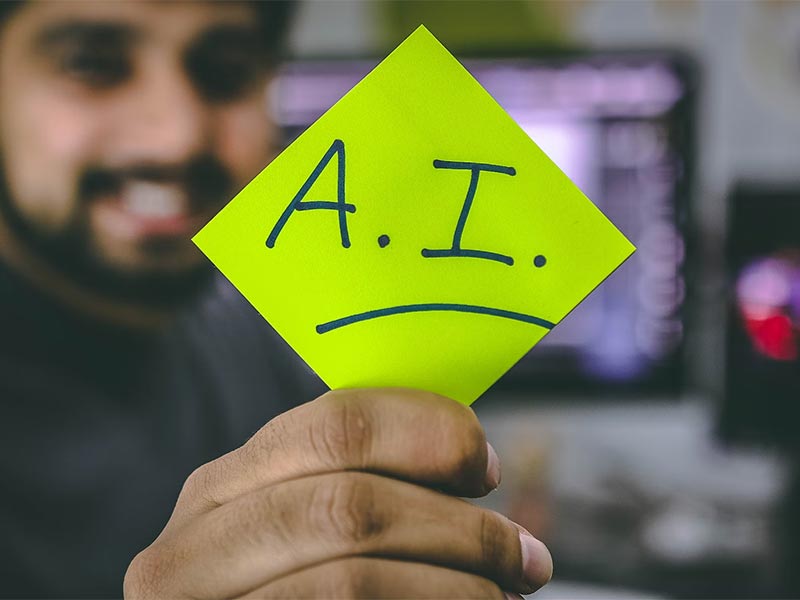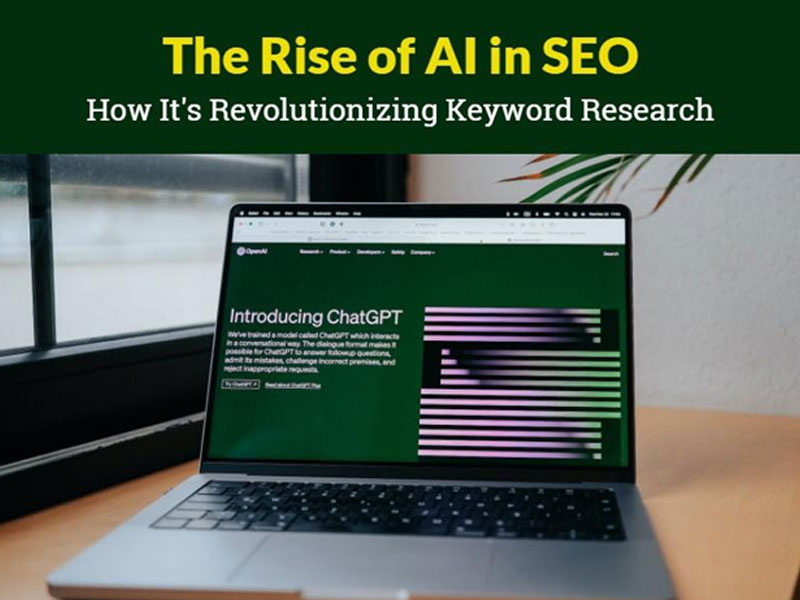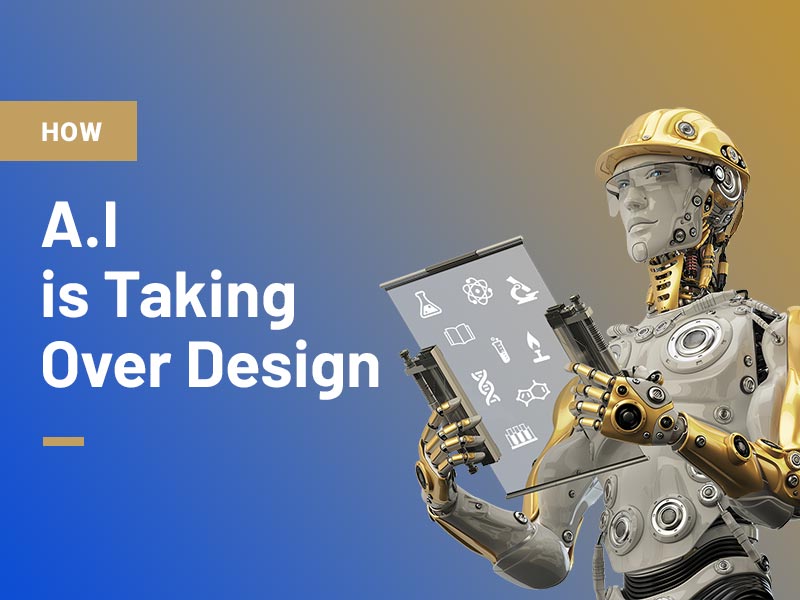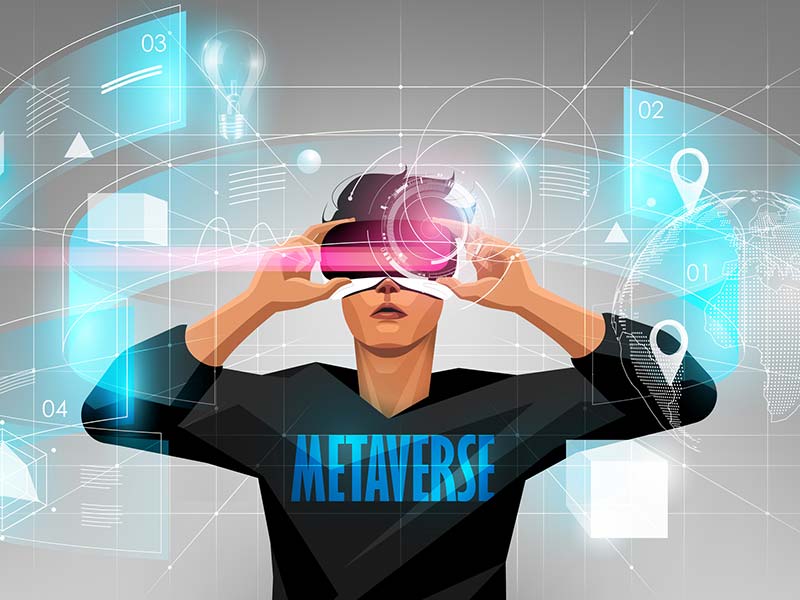The 2023 is the year of AI. While some fearmonger and spend entire days coming up with indexes of which industries are affected and threatened by AI, others prophesize that it will create more jobs than it destroys.
The bottom line is that everyone uses AI (they’ve at least tried), but the business world seems to be the most innovative with its applications. It started as a gimmick, coming up with a text summary for your next meeting, but now, people are excited to see how it will evolve into some of the most respectable industries out there.
To give you a glimpse at an answer, here’s how the power of AI can be used in legal document analysis.
1. Key challenges in legal document analysis
To understand these AI tools’ differences, we must first look back at what the legal document analysis was like beforehand. Here are some of the biggest legal document analysis challenges that AI should help resolve.
- Time-consuming: Manually reviewing documents would require someone to read the text (carefully) and take notes. This takes a tremendous amount of work. It’s not just time-consuming (although it is) but also quite mentally strenuous. After a few hours of legal document analysis, you won’t be able to do much creative work.
- Volume and complexity: Just think about the amount of data that you would have to go through to review a single legal text. It gets even more complex because the terminology is so difficult; only professional lawyers and legal assistants can do it.
- Cost: Work hours spent reviewing and analyzing legal documents can be spent doing something else. Just think about how much is the hourly wage of a person capable of analyzing this data. Now, think about how much it would cost for an AI tool to do this analysis.
- Consistency of results: You can’t have a single person to do all these analytical tasks. This means you’ll have several people, even within the same task, to help you. Have you ever read a story written by multiple authors? Usually, you can tell a difference in quality. In legal texts, this is more problematic.
Fortunately, AI can save time, cut costs, and provide the consistency that was always needed. Also, you would be surprised at the level of sophisticated data understanding that some of these NLPs are capable of.
2. The significance of AI legal document analysis
Handling legal documents is an everyday process for any legal firm; however, analyzing these papers, getting insights, etc., is far more taxing and complex. There are many benefits that firms can get through legal document analysis with the help of AI.
- Efficiency and time-saving: When performed manually, legal document analysis can take hours, even days. An AI tool could potentially do it in minutes/seconds. This difference in the time it takes to complete the task is incredible.
- Improved accuracy: The likelihood of human error in document analysis is significant. It’s more likely that a human will misunderstand or misremember something than for an NLP to do it. Sure, if the text is phrased ambiguously, it’s technically possible, but it’s not like an actual (human) analyst would get it right every time.
- Enhanced decision-making: While on TV, lawyers constantly drop bombshells and act on intuition; this never happens like this in real life. All of these decisions are made based on facts and must be backed up by a fact. Sure, a great orator can help you in front of a jury, but 9/10 times, you want a lawyer who’s done their homework rather than a slick one.
- Scalability: For an AI, it doesn’t matter if you upload one two-page document or volumes and volumes of data. It gets the job done. This is why the sooner you start using AI, the more time you’ll potentially save.
With all of these perks, it’s more than clear that the entirety of the industry will soon switch to AI document analysis and perhaps even for crafting an AI privacy policy.
3. The introduction of AI tools
With the right tool, you can increase the efficiency of your data analysis by a significant margin. There are so many tasks that a legal document AI can help you with that, after using it just for a while, you won’t be able to recall what it was like.
- Document classification: Let’s say that you want to read a document yourself but, for the time being, don’t have the time to do so. If you pre-define the criteria, you can have an AI tool sort the documents accordingly to make them easy to find and compare to another document.
- Document comparison: Another incredibly important task for legal documents is of document comparison. A team often works on legal documents, meaning you need a high level of version control. You need to ensure that these edits are decent and that none are out of place.
- Contract analysis: The majority of contracts are boilerplate. Most of these are so standard and straightforward that they can even be completely automated (smart contracts). An AI is more than capable of analyzing these contracts and recognizing discrepancies (like non-standard language).
- Risk assessment: With a big enough database, you can use machine learning to teach your platform how to recognize a document that poses a risk, like non-compliance with contractual obligations.
Ultimately, you must figure out how these tools can help you with specific day-to-day tasks. This way, it becomes more than a conceptual assistance. It becomes a pragmatic solution for a concrete problem.
4. The significance of NLP in legal document analysis
The main reason AI technology is so sophisticated is due to the breakthroughs in the field of NLP. After the developers taught AI how to understand text, everything else was a walk in the park. Fortunately, this concept has many applications in the legal industry.
- Document summarization: Let’s say you have a table where you keep all your documents and need a brief description. Let’s say a client wants you to quickly summarize a particularly long and arduous document. An NLP-enhanced AI can easily give you a document summary.
- Language translation: While you still may need to look for an official translator to help you with these documents (before they’re admitted in court), in practice, you sometimes need a rough translation just to get a feeling of what’s going on. These tools are more than capable of doing that.
- Named entity recognition: In a scenario where you have to quickly go through a document and find all the quotes where a specific party, location, or event is mentioned, you would have to skim well. Remember, legal documents are often long and have no bolded phrases. An NLP can make this into a walk in the park.
- Recognizing ambiguities: NLP does more than just read; it comprehends the text. Now, in legal documents, ambiguity can often be very dangerous. So, you could use an NLP to help recognize potential ambiguities and even help you rephrase them into a more appropriate format.
The modern AI can already do all that, but as machine learning further enhances its capabilities, it will become even more prominent.
5. AI and legal insights
This is a tricky topic, seeing how insight should be exclusively human. At the same time, this is completely possible through NLP, which legal experts already use platforms for (even if their companies haven’t fully embraced AI).
- Trend analysis: There are new regulations and cases out every day. Just because you learned something in law school and keep up with the industry, it doesn’t mean that you’re fully up to date. Fortunately, these platforms can do this in real-time.
- Last-minute updates: You would be surprised at how quickly legal documents update during mergers, acquisitions, etc. This is why, with the help of a tool, you can track these changes in real time and react appropriately.
- Compliance monitoring: Businesses constantly evolve; sometimes, it takes a small change in the product, business model, or business practices to breach compliance. With the help of these tools, you can get a notification alert immediately.
- Predictive analytics: Hypotheticals are a huge part of the legal profession. As a lawyer, you need to be able to tell your client when to settle. Now, what if you had a tool that could employ a high level of predictive analysis and tell you the most likely outcome of the case? We’re talking about an unprecedented level of data used for the analysis, including judges’ last and historic decisions.
The last thing you should acknowledge is the importance of getting these insights quickly enough to use them. Sometimes, it’s not about what you could do if you had unlimited time for research. Sometimes, it’s about what can you do before the next hearing.
6. Legal document automation
AI tools help with automation by default. They’re designed to facilitate the process and save time by cutting the need for human labor. However, their role in automation shouldn’t be underestimated either.
- Template creation: While templates are incredibly useful, downloadable templates often don’t have what it takes for your specific project and must be edited. Well, an AI tool could easily make a template just for you.
- Data extraction: In one of the previous segments, we’ve mentioned taking notes as an important aspect of document analysis. With the help of an AI NLP, you can easily process an entire document and get a summary or bullet points.
- E-signature integration: If you trust the AI tool that you’re using, you can even permit it to use your e-signature. This way, it can run semi-autonomously and facilitate most of your processes.
- Scalability: The model is scalable, and for a format as simple and text-based as legal documents, the size and volume of the document really shouldn’t make any difference.
- Compliance checks: These can be made more regular and reliable, especially when you use your database as a basis for the system. Remember that this is one of the most important legal tasks that you’ll ever have, which is what makes it so relevant to your specific case, as well.
Aside from this, the entire section about the NLP already dealt with document automation in a way.
7. Ethical and legal considerations
While it’s true that these AI systems are reliable, for the most part, it’s still important that they abide by GDPR and HIPAA (depending on the jurisdiction). The data you feed them is quite sensitive and could be a serious problem if it gets into the wrong hands.
- Algorithmic bias: In the past, AI falsely recognized moles next to a ruler as malignant because all the photos of malignant moles that the algorithm was fed to had a ruler next to them. Needless to say, algorithmic bias is real and a problem that’s still not successfully solved.
- Accountability: It’s also important to remember that you don’t have the privilege to say as a legal professional – the computer told me so. You’ll always be warned that the AI may provide inaccurate information. As a professional, you’re using these tools and resources under your responsibility, and you’re taking full accountability.
- Education and training: Consider the last point we’ve addressed and understand that it’s an issue that future law school students must deal with. It might even become a major part of the legal ethical code.
- Impact on employment: Previously, we’ve mentioned that AI can save you a lot of work hours. Does this mean that it will inevitably lead to a higher job displacement?
The truth is that this industry is still too young for us to have a definitive answer. Our ethics will have to catch up.
The use of AI could improve the legal industry beyond belief
While many people may be concerned with the ethics behind using an AI or the ramifications of its entrance into the legal industry, the truth is simple – it’s too useful not to use. It saves time, delivers better results, and improves the legal system overall. With higher use, it will be fed with more data and, through machine learning, grow to be even more useful and reliable.







